Home>Gardening & Outdoor>Landscaping Ideas>When To Burn Your Grass
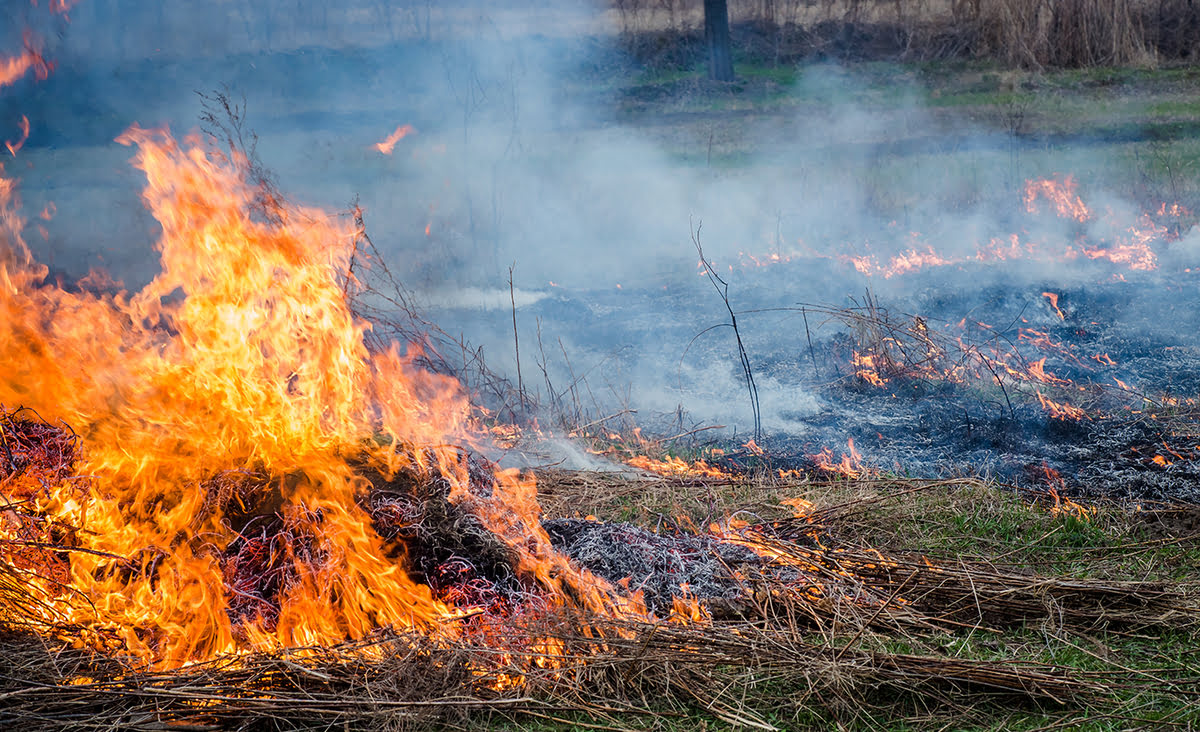

Landscaping Ideas
When To Burn Your Grass
Modified: February 18, 2024
Discover expert landscaping ideas and learn when to burn your grass for a lush, healthy lawn. Transform your outdoor space with our helpful tips.
(Many of the links in this article redirect to a specific reviewed product. Your purchase of these products through affiliate links helps to generate commission for Storables.com, at no extra cost. Learn more)
Introduction
Are you looking to revitalize your lawn and rejuvenate your outdoor space? One unconventional yet effective method to achieve a lush and vibrant lawn is by burning your grass. While it may sound counterintuitive, controlled grass burning has been used for centuries as a technique to promote healthy vegetation and maintain balanced ecosystems. In this comprehensive guide, we will delve into the art of grass burning, exploring its benefits, potential risks, and the optimal timing for this practice.
Grass burning, when executed with precision and care, can yield remarkable results for your lawn. By understanding the intricacies of this method and the ideal conditions for its application, you can harness the power of controlled burns to breathe new life into your outdoor environment. Join us as we uncover the nuances of grass burning and equip you with the knowledge needed to make informed decisions about this distinctive landscaping technique.
Key Takeaways:
- Revitalize your lawn by burning grass in late winter or early spring to remove thatch, control pests, and promote new growth. Safety, timing, and regulatory compliance are crucial for a successful burn.
- Grass burning can enhance lawn health but requires careful planning, weather monitoring, and adherence to safety measures. It’s a transformative tool when executed responsibly.
Read more: What Does Burning Your Grass Do
Understanding Grass Burning
Grass burning, also known as prescribed burning, is a deliberate and controlled fire set in a specific area to manage vegetation. This practice is deeply rooted in traditional land management techniques and has been employed for various purposes, including agricultural, ecological, and landscaping objectives. When it comes to landscaping, grass burning serves as a strategic tool to promote the health and vitality of the lawn, effectively removing thatch and promoting the growth of new, nutrient-rich grass.
By subjecting the grass to controlled burns, you can eliminate accumulated thatch, which consists of dead grass, roots, and other organic debris that can stifle the growth of healthy grass. Thatch removal is crucial for fostering optimal air and water circulation within the soil, which in turn facilitates robust root development and nutrient absorption. Additionally, burning the grass can help thwart the encroachment of invasive species and pests, thereby fostering a more resilient and balanced ecosystem within your lawn.
It’s important to note that grass burning should be approached with a thorough understanding of local regulations, environmental considerations, and safety measures. When conducted responsibly, grass burning can be a valuable tool for maintaining a thriving lawn and supporting overall landscape health.
Benefits of Burning Grass
When executed judiciously, burning grass can yield a myriad of benefits for your lawn and landscape. Here are some of the key advantages of incorporating controlled burns into your landscaping regimen:
- Thatch Removal: Controlled grass burning effectively eliminates accumulated thatch, allowing for improved air and water circulation in the soil. This facilitates better nutrient absorption and promotes robust root development, leading to healthier and more resilient grass.
- Weed and Pest Control: By burning the grass, you can curtail the proliferation of invasive weeds and pests, creating a more hospitable environment for desirable plant species to flourish. This natural pest management approach can help mitigate the need for chemical interventions, contributing to a more eco-friendly landscaping strategy.
- Promotion of New Growth: Controlled burns stimulate the growth of fresh, nutrient-rich grass, fostering a denser and more vibrant lawn. This rejuvenation process can contribute to a visually appealing landscape and enhance the overall aesthetic of your outdoor space.
- Enhanced Ecosystem Balance: Grass burning can help restore ecological balance by promoting the growth of native vegetation and reducing the dominance of invasive species. This, in turn, supports a more diverse and resilient ecosystem within your lawn.
- Fire-Adapted Landscapes: By incorporating controlled burns, you can create a landscape that is more resilient to natural fires. This proactive approach can mitigate the impact of uncontrolled wildfires and help safeguard your property and surrounding areas.
These benefits underscore the potential of grass burning as a valuable tool for fostering a healthy, vibrant lawn and supporting the overall well-being of your landscape.
Risks and Drawbacks of Grass Burning
While grass burning offers a range of benefits, it is essential to acknowledge the potential risks and drawbacks associated with this practice. Understanding these considerations is crucial for making informed decisions about integrating controlled burns into your landscaping approach. Here are some key factors to consider:
- Environmental Impact: Uncontrolled or poorly managed burns can lead to air and soil pollution, as well as potential harm to wildlife and nearby vegetation. It is imperative to adhere to local regulations and environmental guidelines to minimize the ecological impact of grass burning.
- Fire Hazards: Improperly executed burns can pose fire hazards, especially in dry or windy conditions. Careful planning and adherence to safety protocols are essential to mitigate the risk of uncontrollable fires and protect surrounding properties.
- Smoke and Air Quality: Grass burning can generate smoke that may affect air quality, particularly in residential areas. Consideration should be given to the timing and weather conditions to minimize the impact of smoke on neighboring properties and communities.
- Soil Health: Intense or frequent burns can potentially impact soil fertility and structure, necessitating careful monitoring and potential soil amendments to maintain optimal growing conditions for grass and other vegetation.
- Regulatory Compliance: Local regulations and ordinances may govern the practice of grass burning, requiring permits and adherence to specific guidelines. Failure to comply with these regulations can result in legal repercussions and fines.
It is important to weigh these risks against the potential benefits of grass burning and to approach this practice with a thorough understanding of safety protocols, environmental considerations, and regulatory requirements. When conducted responsibly, the drawbacks of grass burning can be effectively managed, allowing you to harness its benefits while minimizing adverse impacts.
It is best to burn your grass in the early spring or late fall when the weather is cool and there is some moisture in the ground. Avoid burning during dry, windy conditions to prevent the fire from spreading. Always check local regulations before burning.
Best Time to Burn Your Grass
Timing is critical when it comes to executing controlled burns for grass management. The optimal time for grass burning is influenced by various factors, including the specific goals of the burn, the type of grass and vegetation present, and environmental considerations. Here are key considerations for determining the best time to burn your grass:
- Seasonal Timing: In many regions, the late winter or early spring months are often considered the best time for grass burning. This period allows for the removal of accumulated thatch before the growing season begins, providing a clean slate for new growth. It is crucial to avoid burning during the driest and hottest periods to minimize fire risks and ecological impact.
- Weather Conditions: Monitoring weather patterns is essential for selecting an optimal burning window. Ideal conditions include moderate humidity, minimal wind, and a forecast for calm, dry weather. These conditions facilitate better control of the burn and reduce the risk of fire spreading uncontrollably.
- Grass Growth Stage: Burning should ideally occur when the grass is dormant or in the early stages of regrowth. This timing allows for the removal of thatch without causing significant harm to actively growing vegetation, promoting a healthy and vigorous rebound after the burn.
- Regulatory Considerations: It is imperative to familiarize yourself with local regulations and obtain any necessary permits for grass burning. Compliance with regulatory requirements ensures that burns are conducted within the parameters of environmental and safety guidelines.
By considering these factors and planning the burn accordingly, you can optimize the effectiveness of grass burning while minimizing potential risks and ecological impact. Careful timing enhances the likelihood of achieving the desired outcomes and sets the stage for a thriving and resilient lawn.
Read more: When To Water Your Grass
How to Safely Burn Your Grass
Executing a grass burn safely and effectively requires meticulous planning, adherence to safety protocols, and a comprehensive understanding of the process. Here are essential steps and considerations for safely burning your grass:
- Obtain Necessary Permits: Familiarize yourself with local regulations and secure any required permits for conducting a controlled burn. Compliance with regulatory requirements is paramount for ensuring the legality and safety of the burn.
- Weather Monitoring: Monitor weather conditions closely and select a window for burning when the weather forecast indicates moderate humidity, minimal wind, and dry, calm conditions. Avoid burning during excessively dry or windy periods to minimize fire risks.
- Prepare the Site: Clear the burn site of any debris, flammable materials, or obstacles that could impede the controlled spread of the fire. Create designated fire breaks and ensure that the burn area is contained and manageable.
- Notify Authorities and Neighbors: Inform local fire authorities and neighboring residents about the planned burn. Providing advance notice helps mitigate concerns and allows for prompt response in the event of unforeseen developments.
- Implement Safety Measures: Equip yourself with appropriate safety gear, including protective clothing, gloves, and eye protection. Have firefighting tools, such as water hoses, fire extinguishers, or shovels, readily available to swiftly address any unexpected flare-ups.
- Controlled Ignition: Initiate the burn from the downwind side of the site, gradually progressing against the wind to control the fire’s spread. Exercise caution to prevent the fire from escalating beyond the designated burn area.
- Monitor and Manage the Burn: Continuously monitor the burn, ensuring that it remains within the designated boundaries and adheres to the planned intensity. Be prepared to adjust tactics as needed to maintain control and minimize environmental impact.
- Post-Burn Assessment: After the burn, assess the results and address any residual hot spots or lingering embers to prevent potential flare-ups. Monitor the regrowth of vegetation and implement post-burn care practices to support healthy recovery.
By following these guidelines and prioritizing safety and responsibility, you can conduct a grass burn in a manner that maximizes its benefits while safeguarding the surrounding environment and community. Diligent preparation and adherence to safety measures are integral to the successful and responsible execution of controlled burns.
Conclusion
Grass burning, when approached with a thorough understanding of its intricacies and executed with care and responsibility, can be a transformative tool for enhancing the health and vitality of your lawn. By harnessing the benefits of controlled burns, you can effectively manage thatch, promote the growth of nutrient-rich grass, and foster a more resilient and balanced ecosystem within your landscape. However, it is essential to recognize and address the potential risks and drawbacks associated with grass burning, prioritizing safety, environmental considerations, and regulatory compliance.
The best time to burn your grass is typically during the late winter or early spring, taking into account weather conditions, grass growth stages, and regulatory requirements. By strategically timing the burn, you can optimize its effectiveness while minimizing potential ecological impact and fire hazards. Additionally, adhering to safety protocols and obtaining necessary permits are crucial steps in ensuring the responsible execution of grass burning.
As you embark on the journey of safely burning your grass, it is imperative to approach this practice with a holistic perspective, integrating environmental stewardship, safety consciousness, and a deep appreciation for the transformative potential of controlled burns. By embracing these principles and integrating them into your landscaping endeavors, you can unlock the rejuvenating power of grass burning while contributing to the overall health and resilience of your outdoor environment.
With careful planning, environmental mindfulness, and a commitment to safety, grass burning can be a valuable addition to your landscaping toolkit, offering a pathway to a vibrant, thriving lawn and a harmonious, balanced landscape.
Frequently Asked Questions about When To Burn Your Grass
Was this page helpful?
At Storables.com, we guarantee accurate and reliable information. Our content, validated by Expert Board Contributors, is crafted following stringent Editorial Policies. We're committed to providing you with well-researched, expert-backed insights for all your informational needs.
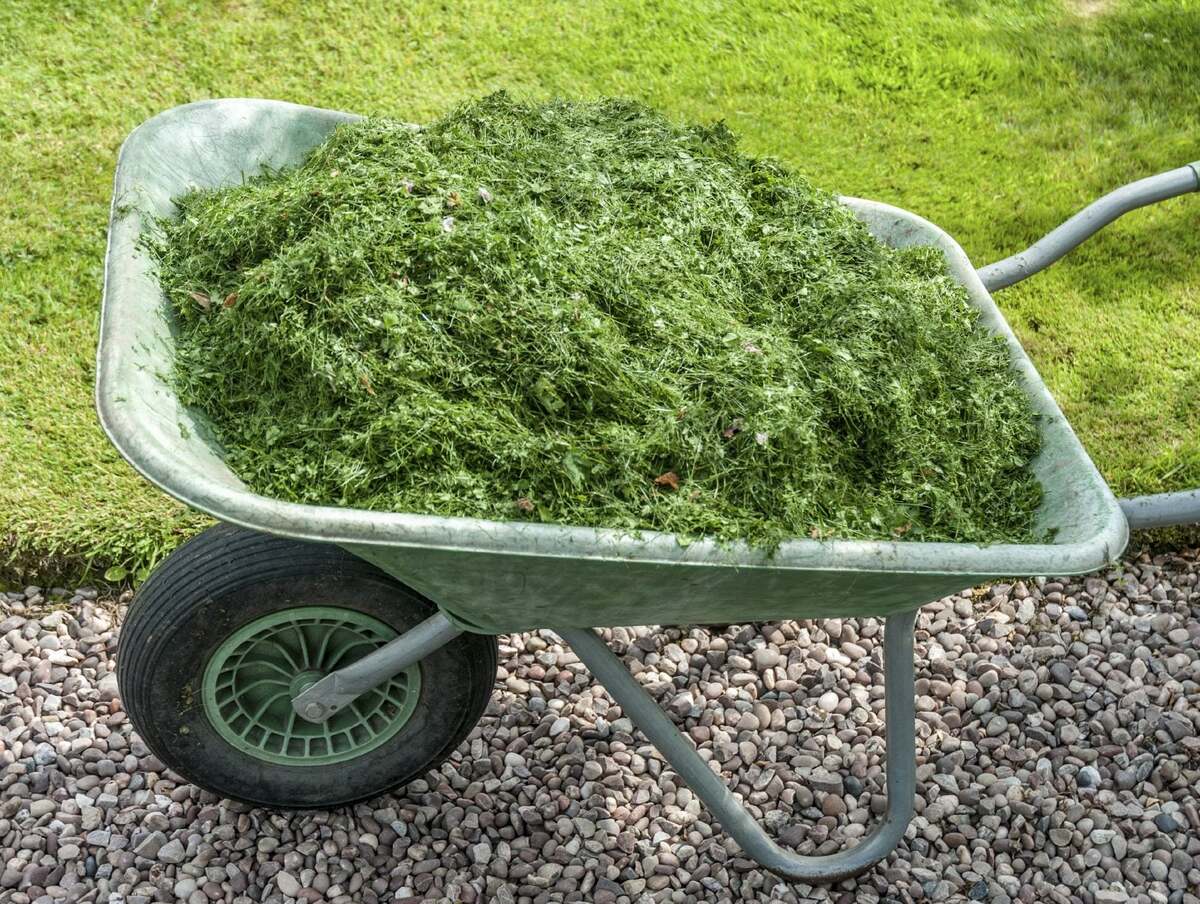
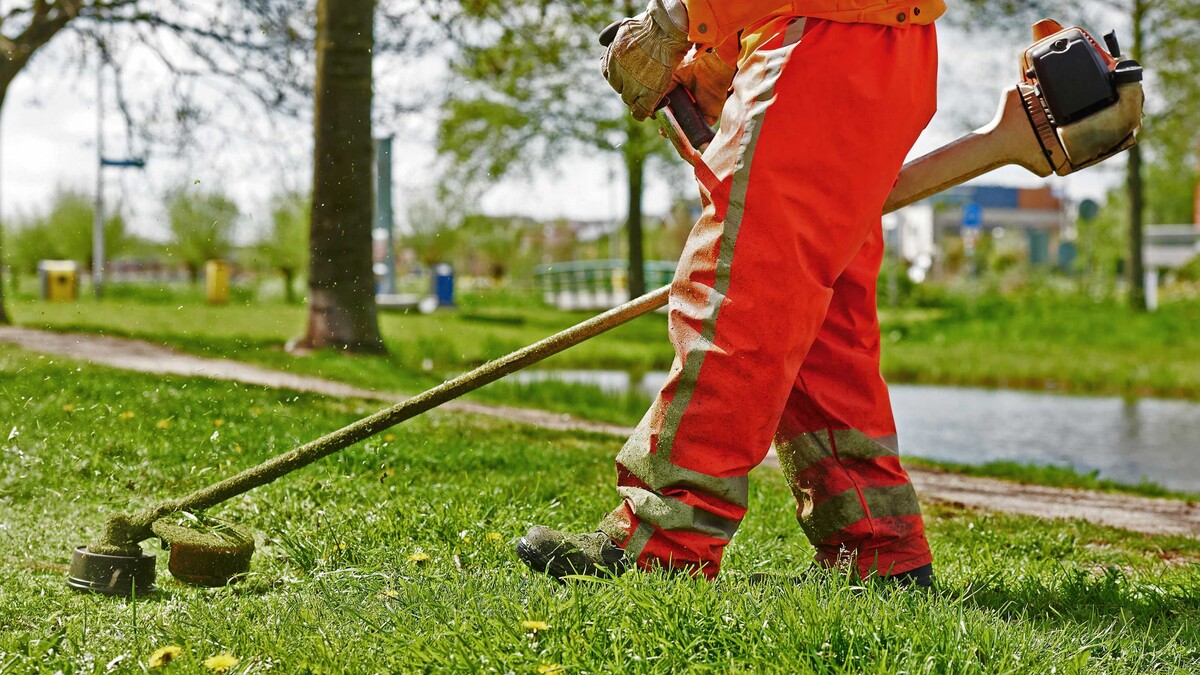
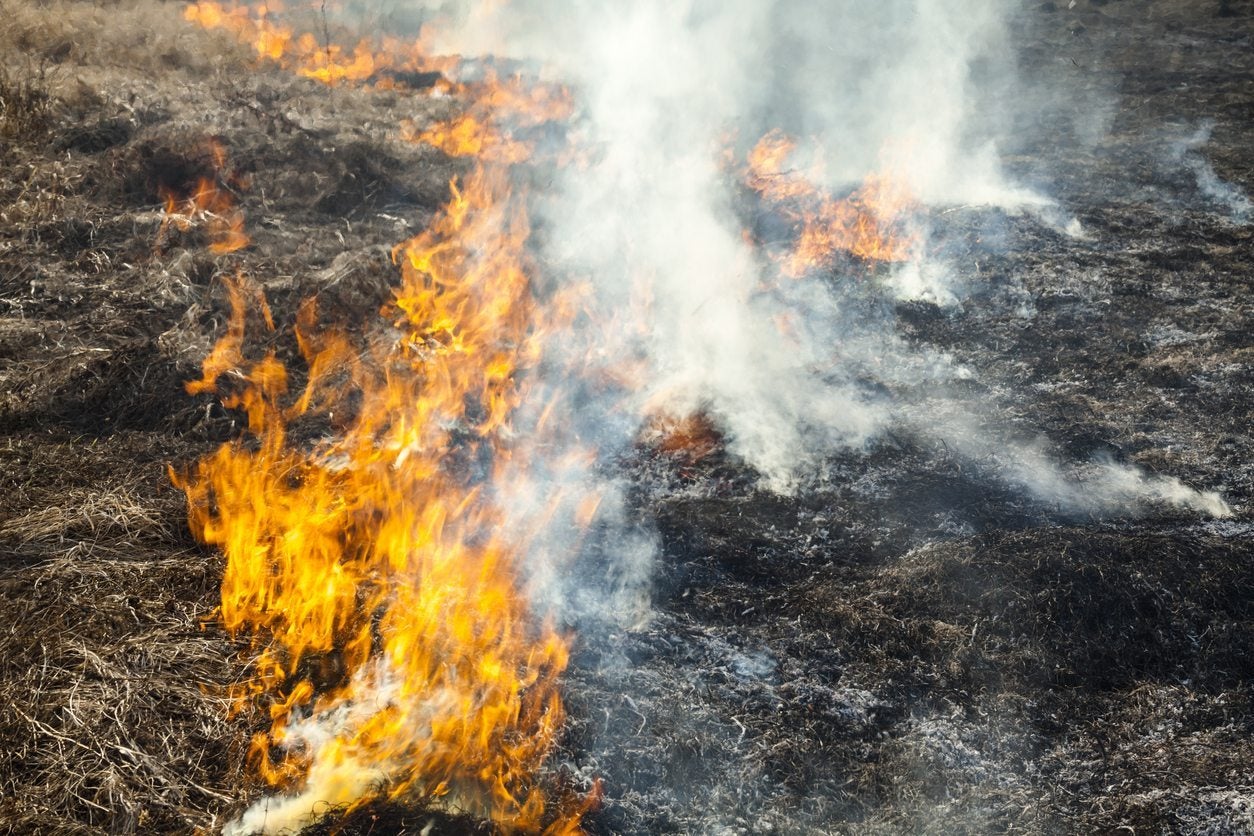
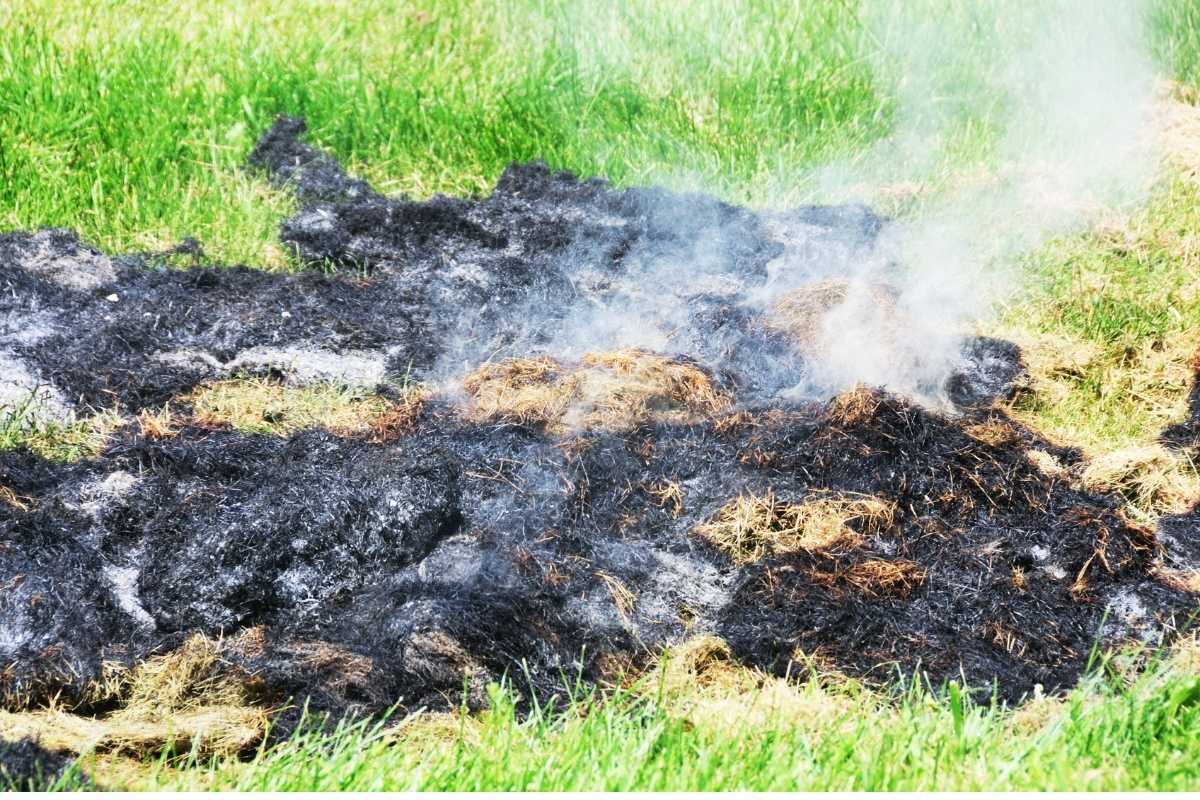
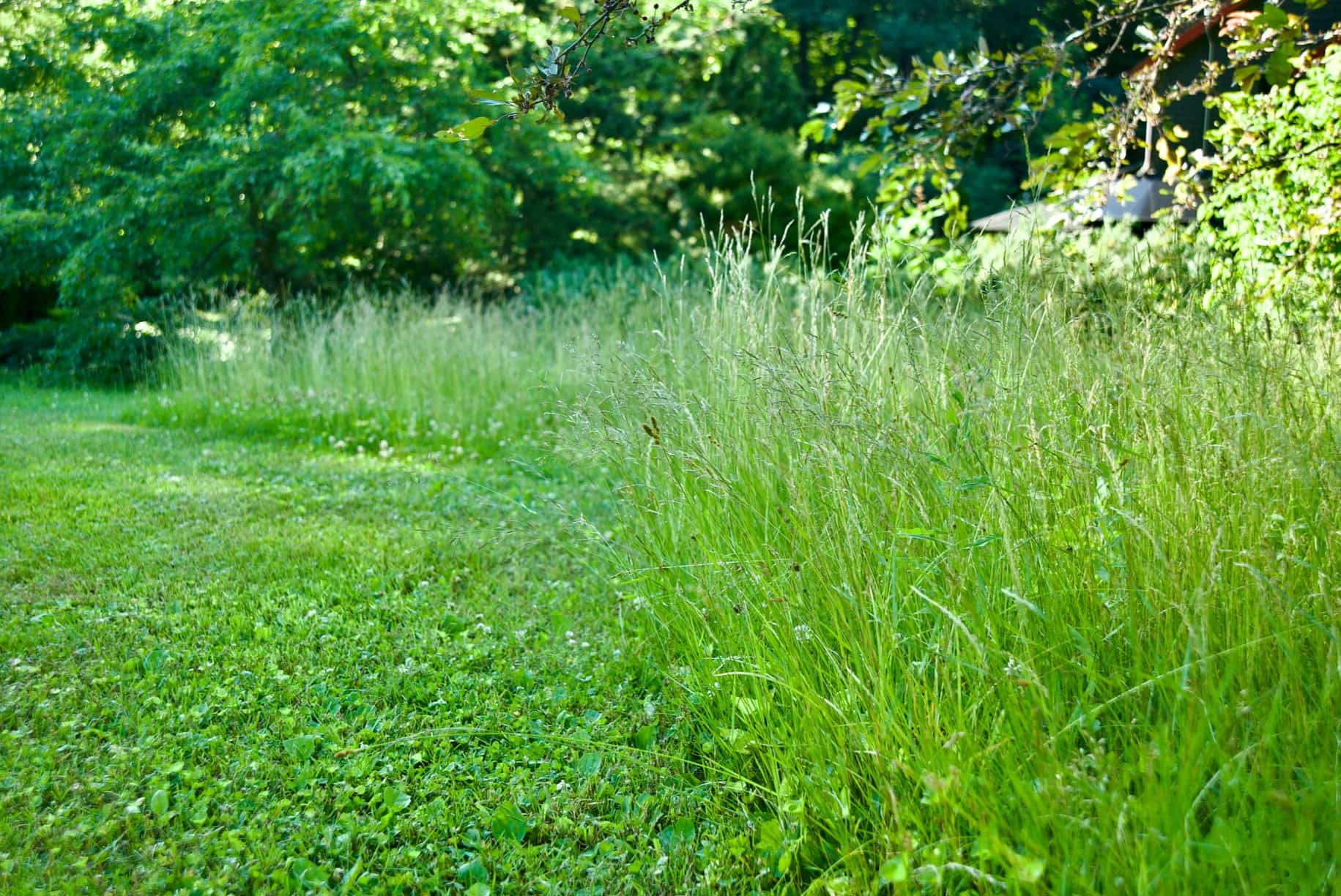
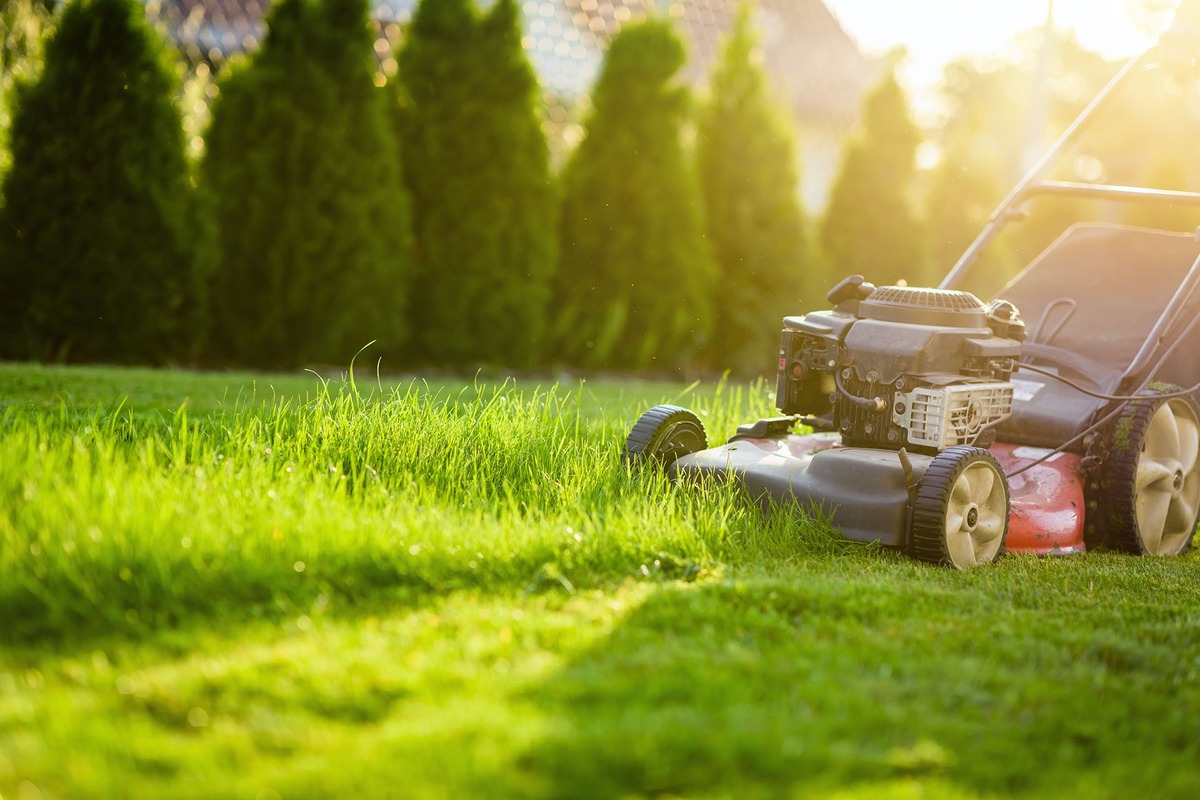
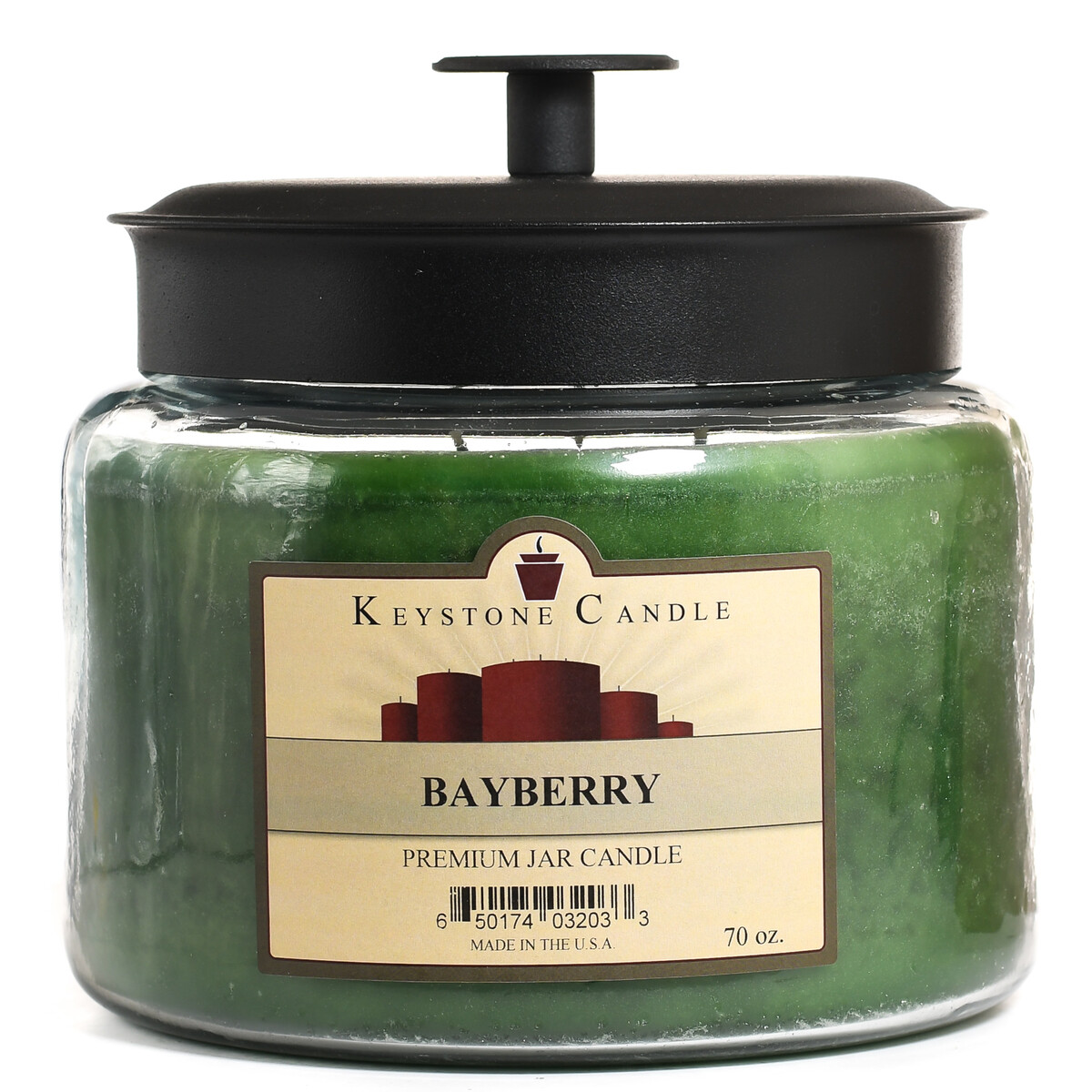

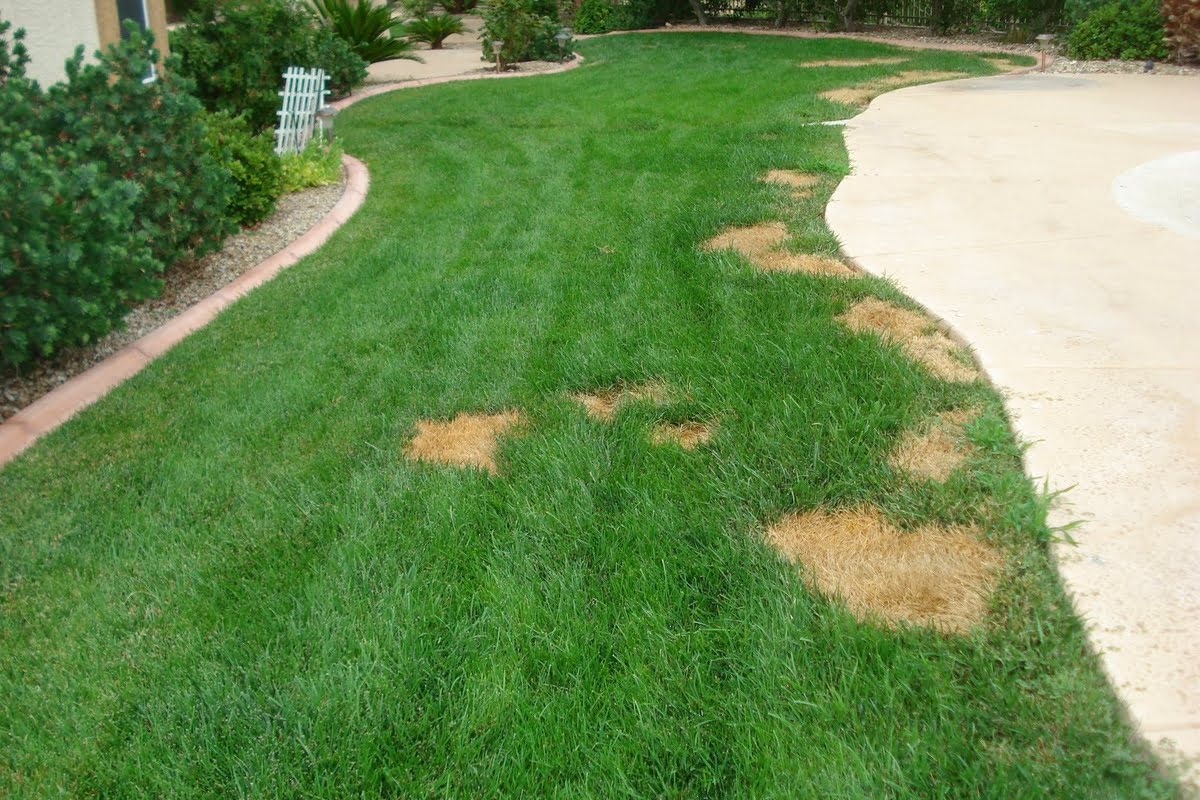
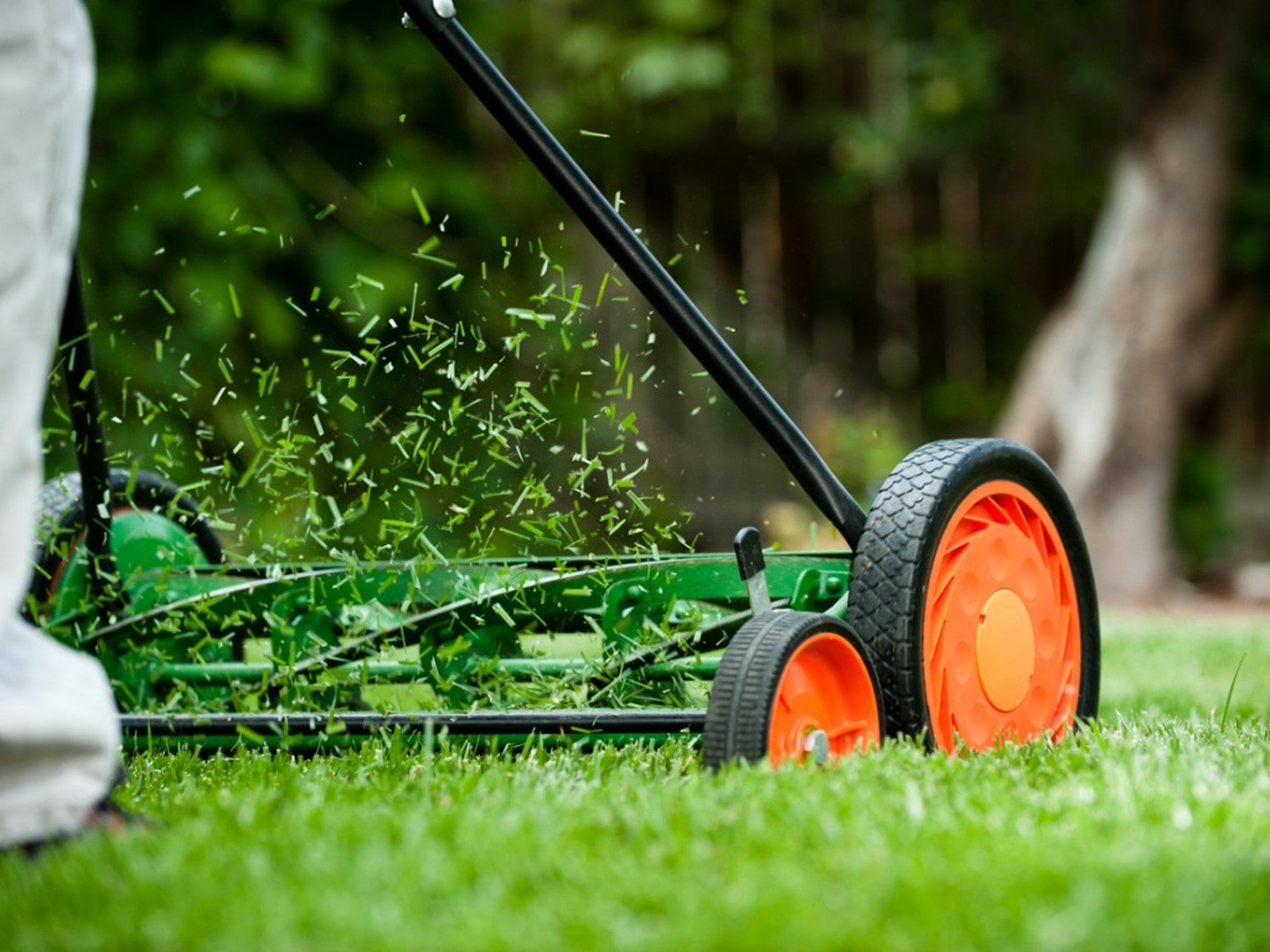





0 thoughts on “When To Burn Your Grass”